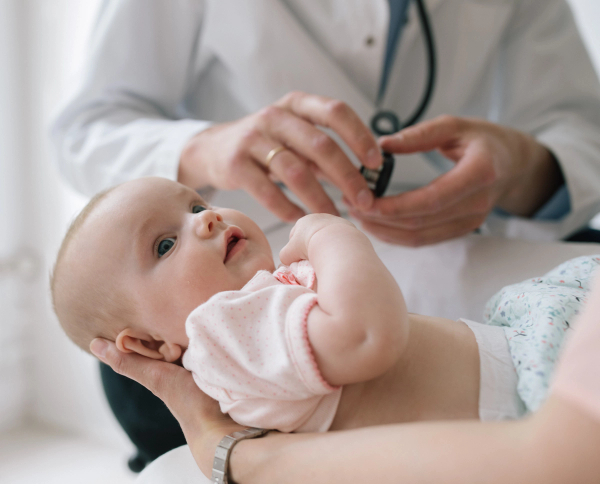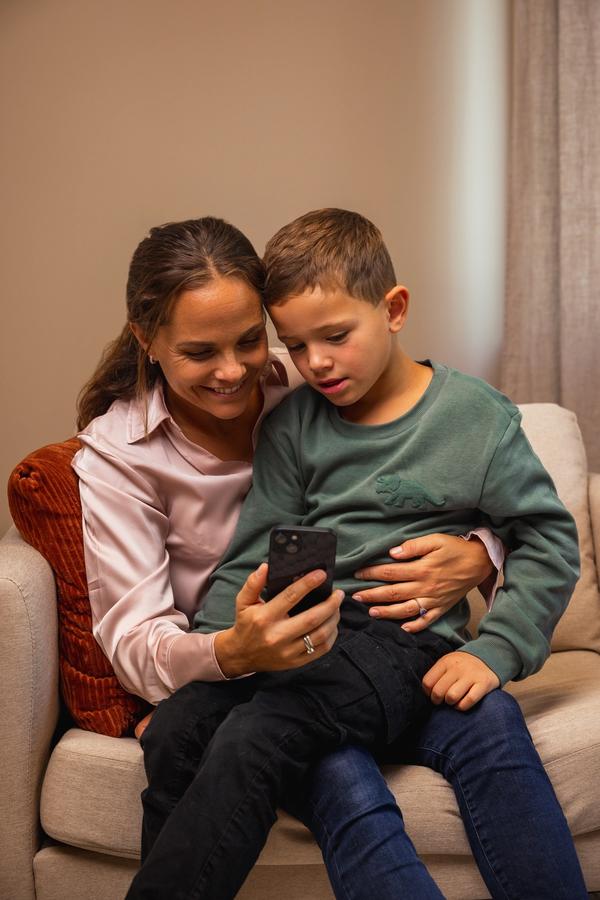Sixth childhood disease
What is three-day fever?
Three-day fever, also known as exanthema subitum or sixth childhood disease, is a common viral infection in infants and young children. It is caused by human herpesvirus 6 (HHV-6) or human herpesvirus 7 (HHV-7).
If you suspect that your child has a three-day fever, you can contact Dr. Dropin for advice and assessment. We offer both video consultations and consultations at our clinics.
See available hoursRead more about doctor's appointments for children


